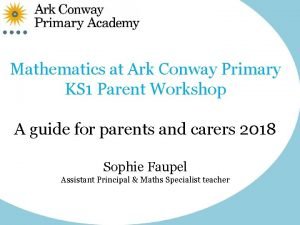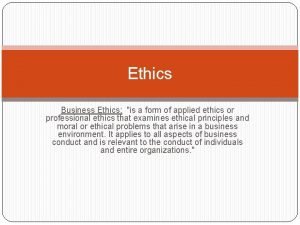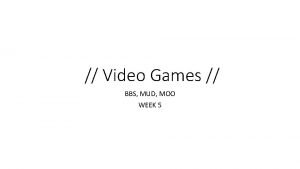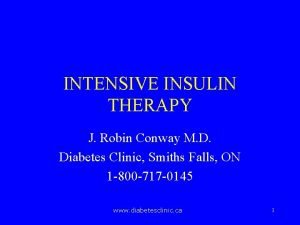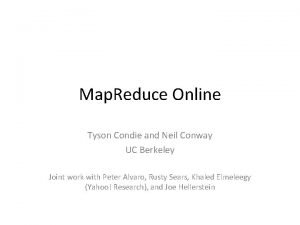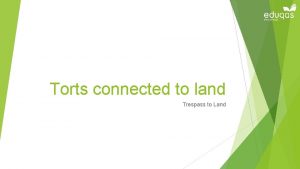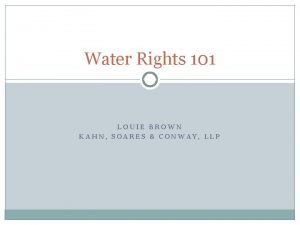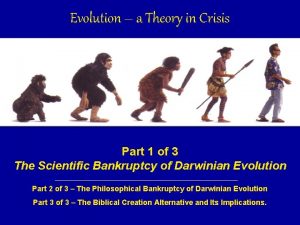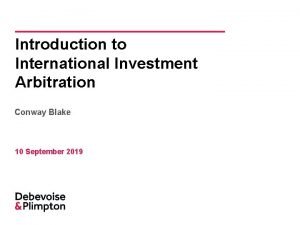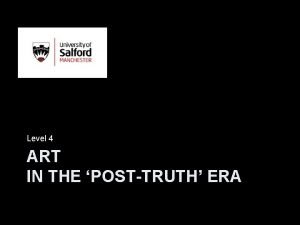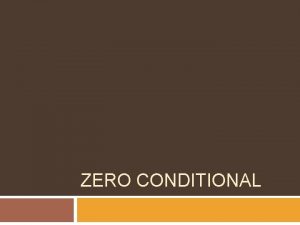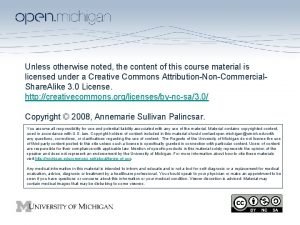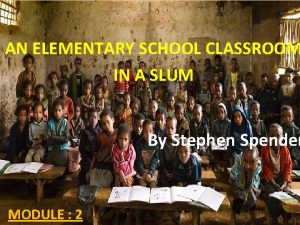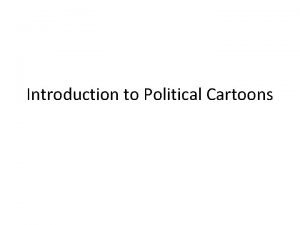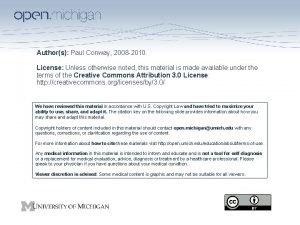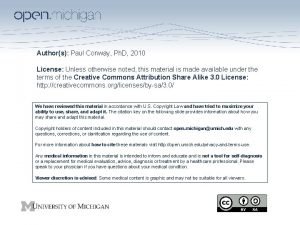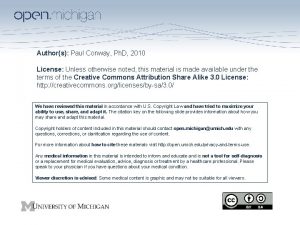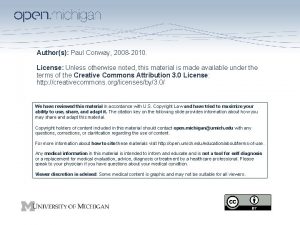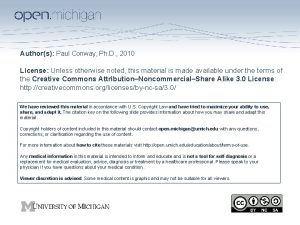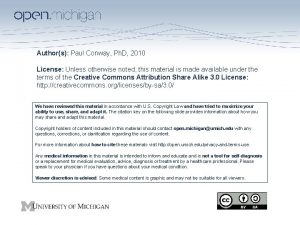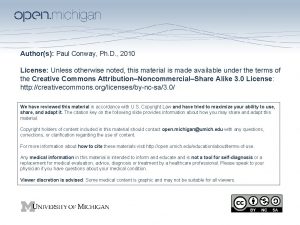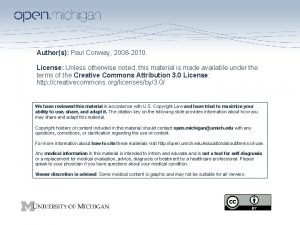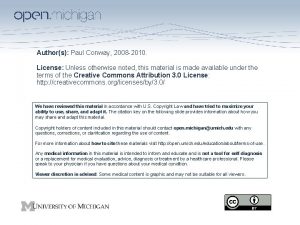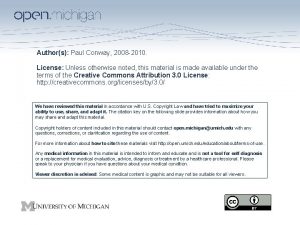Authors Paul Conway Ph D 2010 License Unless














- Slides: 14

Author(s): Paul Conway, Ph. D, 2010 License: Unless otherwise noted, this material is made available under the terms of the Creative Commons Attribution Share Alike 3. 0 License: http: //creativecommons. org/licenses/by-sa/3. 0/ We have reviewed this material in accordance with U. S. Copyright Law and have tried to maximize your ability to use, share, and adapt it. The citation key on the following slide provides information about how you may share and adapt this material. Copyright holders of content included in this material should contact open. michigan@umich. edu with any questions, corrections, or clarification regarding the use of content. For more information about how to cite these materials visit http: //open. umich. edu/privacy-and-terms-use. Any medical information in this material is intended to inform and educate and is not a tool for self-diagnosis or a replacement for medical evaluation, advice, diagnosis or treatment by a healthcare professional. Please speak to your physician if you have questions about your medical condition. Viewer discretion is advised: Some medical content is graphic and may not be suitable for all viewers.

Citation Key for more information see: http: //open. umich. edu/wiki/Citation. Policy Use + Share + Adapt { Content the copyright holder, author, or law permits you to use, share and adapt. } Public Domain – Government: Works that are produced by the U. S. Government. (17 USC § 105) Public Domain – Expired: Works that are no longer protected due to an expired copyright term. Public Domain – Self Dedicated: Works that a copyright holder has dedicated to the public domain. Creative Commons – Zero Waiver Creative Commons – Attribution License Creative Commons – Attribution Share Alike License Creative Commons – Attribution Noncommercial Share Alike License GNU – Free Documentation License Make Your Own Assessment { Content Open. Michigan believes can be used, shared, and adapted because it is ineligible for copyright. } Public Domain – Ineligible: Works that are ineligible for copyright protection in the U. S. (17 USC § 102(b)) *laws in your jurisdiction may differ { Content Open. Michigan has used under a Fair Use determination. } Fair Use: Use of works that is determined to be Fair consistent with the U. S. Copyright Act. (17 USC § 107) *laws in your jurisdiction may differ Our determination DOES NOT mean that all uses of this 3 rd-party content are Fair Uses and we DO NOT guarantee that your use of the content is Fair. To use this content you should do your own independent analysis to determine whether or not your use will be Fair.

Fall 2010 3 Week 6 b: Trusting Virtual Trust SI 410 Ethics and Information Technology SI 410 ETHICS AND INFORMATION TECHNOLOGY

• de Laat, Trusting virtual trust (2006) TRUST IN CYBERSPACE 2. Topic 4. Topic Can trust evolve on the Internet between virtual strangers? SI 410 Ethics and Information Technology 3. Topic Fall 2010 1. Topic Return to a previous discussion Apply to collaborative writing Anticipate virtual environments 4

TRUST IN THE INTERNET? NO Fall 2010 Nissenbaum ((2001) Identities SI 410 Ethics and Information Technology missing Personal characteristics uncertain Role confusion “Trust needs touch. ” 5

TRUST IN THE INTERNET - NO Fall 2010 Pettit (2004) Confidence Primary SI 410 Ethics and Information Technology (assumptions) versus Primary Trust (expectations) trust = A expresses reliance, which motivates B Loyalty Virtuousness Prudence Social settings reinforce primary trust Secondary trust – acts of trust that 6

TRUST IN THE INTERNET - NO Fall 2010 Pettit (2004) Internet SI 410 Ethics and Information Technology trust is impossible because of the lack of evidence: “trusts but verify” Evidence of face Evidence of frame Evidence of file Discussion: propose at least one example of each type of evidence in personal interactions 7

TRUST IN THE INTERNET - YES Fall 2010 The “Internet” is not a monolithic thing, but rolebased communities. SI 410 Ethics and Information Technology Trading Task groups Non-task groups 8

TRUST IN THE INTERNET - YES Fall 2010 Trustworthiness (moral intentions) may be established on the Internet by relying on: SI 410 Ethics and Information Technology Third parties Reputation (from negative to positive) Social cuing (Quasi-) Institutions Discussion: how do each of these work in the online environment, broadly defined? 9

TRUST IN THE INTERNET - YES Trustworthiness may be imputed from judgments of competence Roles and procedures Reputation branding SI 410 Ethics and Information Technology Qualifications Fall 2010 10

TRUST IN THE INTERNET - YES Secondary trust may beget primary trust, especially in non-task groups. of trust-responsiveness All types of virtual groups can generate reputation mechanisms Conclusion: Trust in cyberspace may even be considered more cunning than ‘real life’ trust. SI 410 Ethics and Information Technology Expectations Fall 2010 11

• Kelton, Trust in Information (2007) INTEGRITY AND TRUST Fall 2010 1. Assignment 2 2. Integrity SI 410 Ethics and Information Technology 3. Wikipedia 4. Censorship Kelton, K. , Fleischmann, K. R. and Wallace, W. A. (2008), Trust in digital information 12

• Kelton, Trust in Information (2007) INTEGRITY AND TRUST Fall 2010 1. Assignment 2 2. Integrity SI 410 Ethics and Information Technology 3. Wikipedia 4. Censorship Kelton, K. , Fleischmann, K. R. and Wallace, W. A. (2008), Trust in digital information 13

Additional Source Information for more information see: http: //open. umich. edu/wiki/Citation. Policy Slide 10, Image 1: Kelton, K. , Fleischmann, K. R. and Wallace, W. A. (2008), Trust in digital information. Journal of the American Society for Information Science and Technology, 59: 363%u 2013374. doi: 10. 1002/asi. 20722, PD-INEL 14 Associate Professor School of Information University of Michigan www. si. umich. edu SI 410 Ethics and Information Technology PAUL CONWAY Fall 2010 Slide 11, Image 1: Kelton, K. , Fleischmann, K. R. and Wallace, W. A. (2008), Trust in digital information. Journal of the American Society for Information Science and Technology, 59: 363%u 2013374. doi: 10. 1002/asi. 20722, PD-INEL
